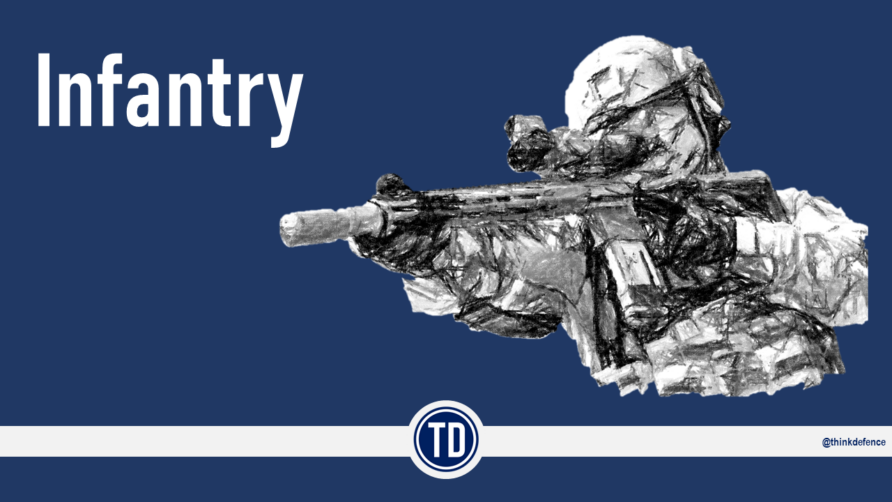Think Defence is a UK-focused defence and security blog with short-form and long-form articles on subjects grouped into categories.
Latest Article
Content Categories
Search Think Defence
Latest Comments
In your post Battle Trenches and Fighting Positions" you have presented the ROMOLD plastic trench system as an initial development.…
Recapitalization to the 'A2' standard is a good thing, but IMHO they did not go far enough. Lockheed Martin should…
You need a good sized array and good weather to charge up a 6kwy battery. Wind is the way. If…
Add a couple of pontoons to the sides and make it amphibious?
Anything petrol powered seems a massive step backwards given the current quads apparently run on JP8. Petrol ought to be…
No mention of MultiCar?
Latest Articles
-
Replacing the Quad Bike ATV — Options
This is post 2 of 2 in the series “Replacing the Quad Bike ATV” Replacing the Quad Bike ATV —…
-
Replacing the Quad Bike ATV — Requirements
This is post 1 of 2 in the series “Replacing the Quad Bike ATV” Replacing the Quad Bike ATV —…
-
Light Mobility Vehicle (LMV) — Comment and Proposal
This is post 6 of 6 in the series “Light Mobility Vehicle” Light Mobility Vehicle (LMV) — History and Considerations…
-
Light Mobility Vehicle (LMV) — Runners and Riders
This is post 5 of 6 in the series “Light Mobility Vehicle” Light Mobility Vehicle (LMV) — History and Considerations…
-
Light Mobility Vehicle (LMV) — Power Systems, Weapons, and Protection
This is post 4 of 6 in the series “Light Mobility Vehicle” Light Mobility Vehicle (LMV) — History and Considerations…
Support
Think Defence is a hobby, a serious hobby, but a hobby nonetheless.
I want to avoid charging for content, but hosting fees, software subscriptions and other services add up, so to help me keep the show on the road, I ask that you support the site in any way you can. It is hugely appreciated.
Advertising
You might see Google adverts depending on where you are on the site, please click one if it interests you. I know they can be annoying, but they are the one thing that returns the most.
Make a Donation
Donations can be made at a third-party site called Ko_fi.

Think Defence Merch
Everything from a Brimstone sticker to a Bailey Bridge duvet cover, pop over to the Think Defence Merchandise Store at Red Bubble.
Some might be marked as ‘mature content’ because it is a firearm!
Affiliate Links
Amazon and the occasional product link might appear in the content, you know the drill, I get a small cut if you go on to make a purchase
<–Awin verification 001–>












I'm glad to see you have included the ECOFLOW power pack As many of the fundraisers for the Ukrainians use…